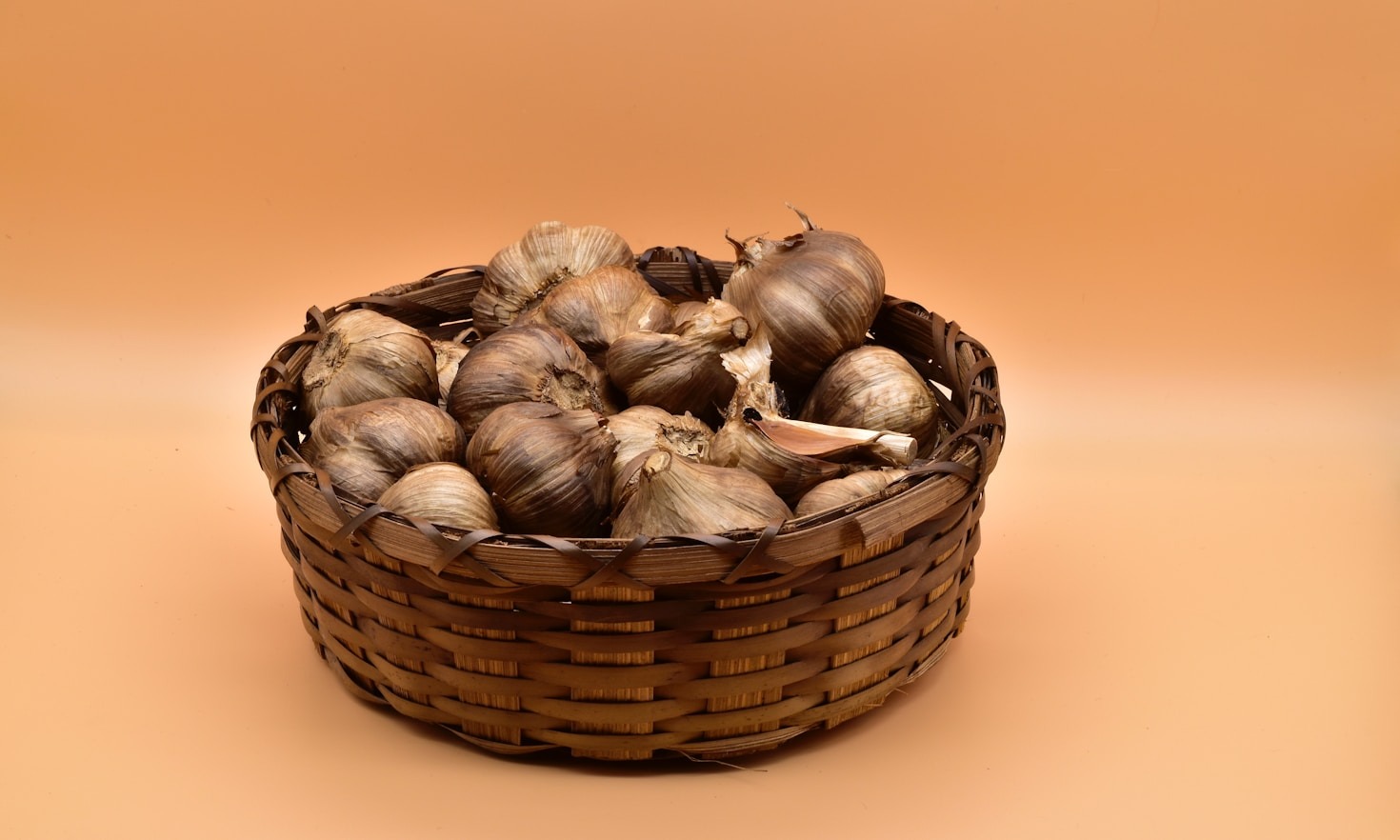Your cart is currently empty!
Discover the unexpected health benefits of black garlic, a culinary gem that’s gaining recognition for more than just its unique flavor. This intriguing ingredient, known for its sweet tang and rich umami taste, offers a wealth of advantages that can enhance your well-being. From boosting immune function to improving heart health, black garlic is a powerhouse of nutrients and antioxidants. Join us as we delve into the fascinating world of black garlic and uncover how incorporating it into your diet can lead to a healthier, more vibrant life.
Black garlic, often described as a culinary gem, offers a unique flavor profile that distinguishes it from its raw counterpart. Created through a fermentation process, it develops a rich, sweet taste reminiscent of balsamic vinegar and tamarind, with a soft, chewy texture. This gourmet ingredient not only enhances dishes with its complex flavors but also boasts a wealth of antioxidants, making it a health-conscious choice for food enthusiasts. Its versatility allows it to be used in a variety of dishes, from sauces and dressings to gourmet spreads, adding depth and character to any culinary creation.
Black garlic offers numerous health benefits, enhancing its appeal as a superfood. Rich in antioxidants, it helps combat oxidative stress, potentially reducing the risk of chronic diseases. Its anti-inflammatory properties can alleviate symptoms of conditions such as arthritis. Black garlic is also known to support heart health by improving cholesterol levels and lowering blood pressure. Additionally, it boosts the immune system, aiding in the body’s defense against infections. Studies suggest that its compounds may even have anti-cancer properties, providing another layer of health protection. With its subtle, sweet flavor, black garlic can be easily incorporated into various dishes, making it both a nutritious and versatile ingredient.


Black garlic is made by fermenting raw garlic bulbs under controlled heat and humidity over several weeks. This process involves aging the garlic at temperatures ranging from 140°F to 190°F (60°C to 88°C) in a humid environment. During this time, the garlic undergoes a Maillard reaction, which is a chemical reaction between amino acids and reducing sugars, resulting in blackened cloves and a distinct, rich, and sweet flavor profile.
Difference between raw and fermented (black) garlic:
- Color and Texture:
- Raw garlic is white or off-white with a firm texture.
- Black garlic is dark brown to black with a soft, chewy texture.
- Flavor:
- Raw garlic has a pungent, spicy, and sharp flavor.
- Black garlic is sweet, tangy, and has a mild umami flavor with hints of balsamic or tamarind.
- Nutritional Content:
- Raw garlic is rich in allicin, known for its health benefits.
- Black garlic has reduced allicin content but contains higher levels of antioxidants and certain beneficial compounds formed during the fermentation process.
- Shelf Life:
- Raw garlic can sprout and degrade over time if not stored properly.
- Black garlic has a longer shelf life when stored properly due to its low moisture content and fermentation process.
- Culinary Uses:
- Raw garlic is used for its sharp taste in cooking and as a seasoning.
- Black garlic is used for its sweet and savory flavor, often in gourmet dishes, sauces, and spreads.
Wrapping Up with Key Insights
In conclusion, black garlic offers a myriad of health benefits, from boosting immunity to enhancing cardiovascular health. Its rich antioxidants and unique compounds make it a powerful addition to any diet. Encourage yourself to explore the culinary versatility of black garlic, incorporating it into your meals for both flavor and wellness. Reflect on how these insights can positively impact your health journey, and consider sharing this knowledge with others. Embrace the benefits of black garlic and experience its transformative effects firsthand.


Leave a Reply